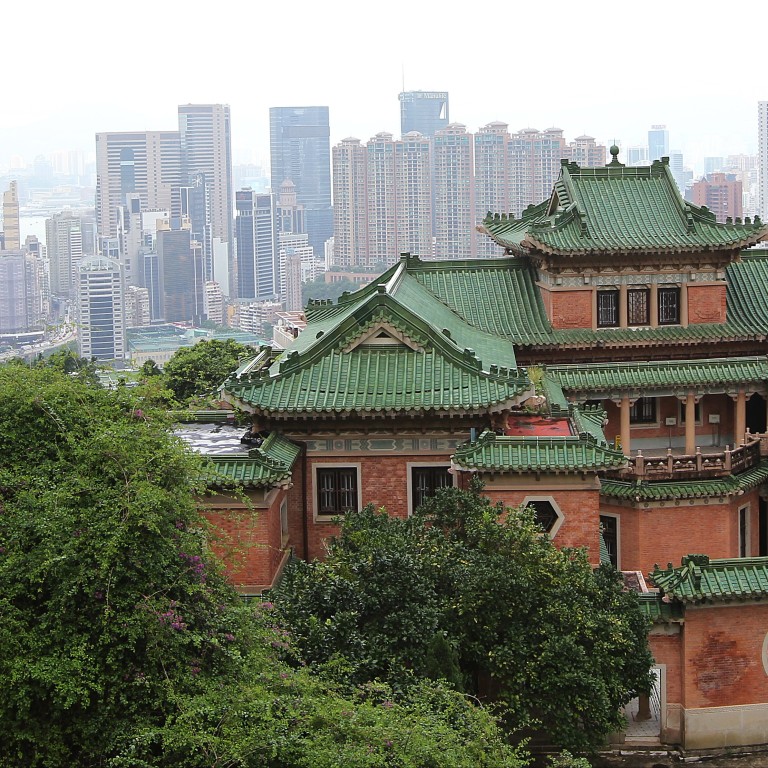
Five easily accessible Hong Kong buildings with history and architecture as rich as the city’s colourful past
- Buildings have changed hands and played many roles over decades, with one now a heritage hotel, while another represents the spectre of Beijing
From a former police office used for the fight against pirates to a Tsim Sha Tsui block called the “ghetto at the centre of the world”, Hong Kong, for all its limited land, boasts architecture and buildings as rich as its history.
As the city continues its urban sprawl and thirst for space, authorities tread a fine line between redevelopment and preserving heritage structures. Here are five easily accessible landmarks that have either been revamped or left in their full unabashed glory.

Tai O Heritage Hotel
Listed as a grade two historical building, the hotel, with its arched facade and tiled roof, marries Chinese and Western architecture. The cream-coloured building has stood serenely on a hill above Tai O Ferry Pier since 1902.
At the time, the hotel was a colonial police station established to combat pirates and smuggling in neighbouring waters. It eventually ended up as an administrative centre, tasked with looking into village disputes and maintaining security.
Is it too late to save old Hong Kong from the wrecking ball?
The station operated for a century before closing in 2002 as crime rates dropped.
In 2009, the non-profit Hong Kong Heritage Conservation Foundation Limited launched its first wave of revitalisation campaigns – schemes involving the renovation and reuse of government-owned historic buildings.
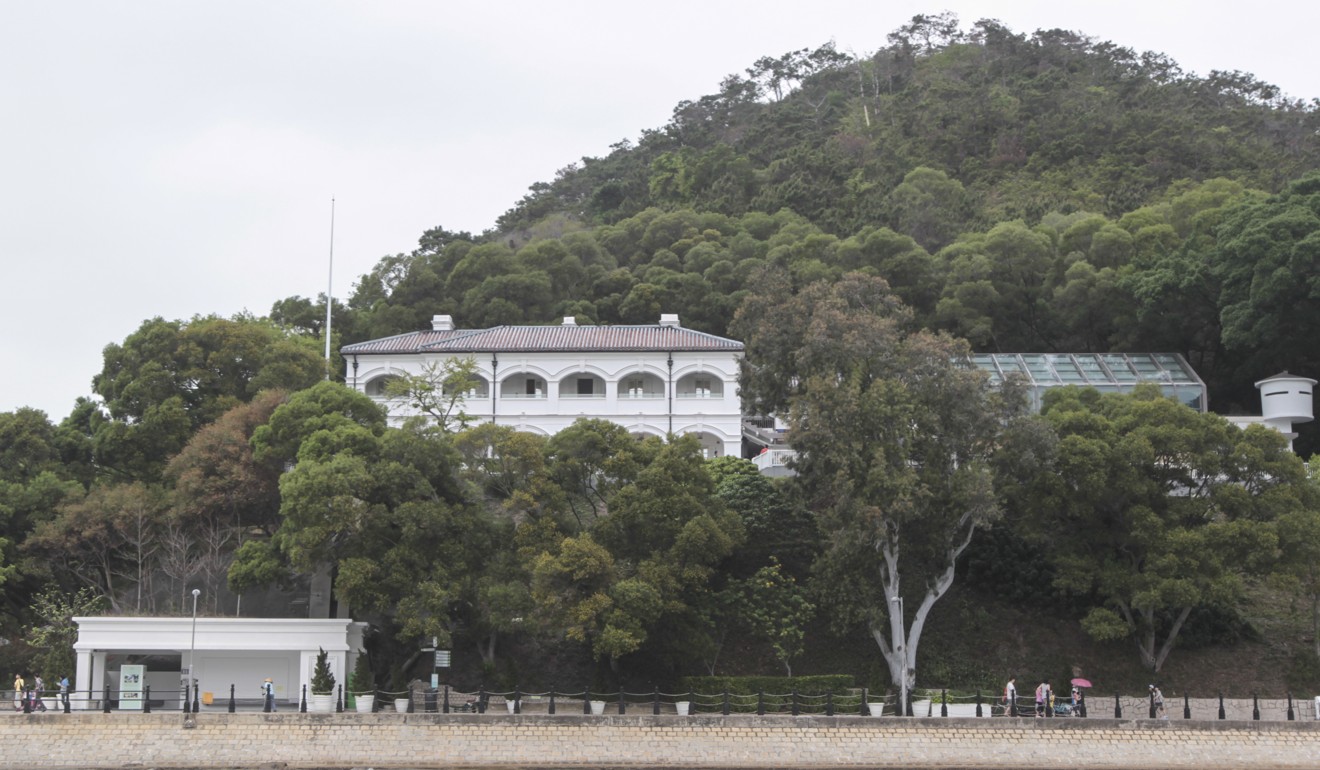
The two-storey boutique Tai O Heritage Hotel opened in 2012, featuring nine colonial-style rooms and suites. In an effort to maintain the original character of the building, all details – from cannons, to police cells – were carefully restored.
A year later, the hotel was awarded a Unesco merit award as recognition for how it preserved cultural heritage amid the relentlessly changing landscapes of Hong Kong.
The hotel also supports Tai O fishing village by providing jobs for its dwindling population.
Address: Shek Tsai Po Street, Tai O, Lantau Island
How to get there: From Tung Chung MTR station, take bus 11 to Tai O bus terminus. The hotel is a short walk from the bus stop.
Chinese People’s Liberation Army Forces Hong Kong Building
Located within the former HMS Tamar naval base, this 28-floor building has a history symbolic of the political tug of war seen in Hong Kong over decades.
Known as the Prince of Wales Building when it was built in 1979, it housed the head local office of the British Army until the handover. Since 1997, the building was made the headquarters of the People’s Liberation Army garrisons in Hong Kong.
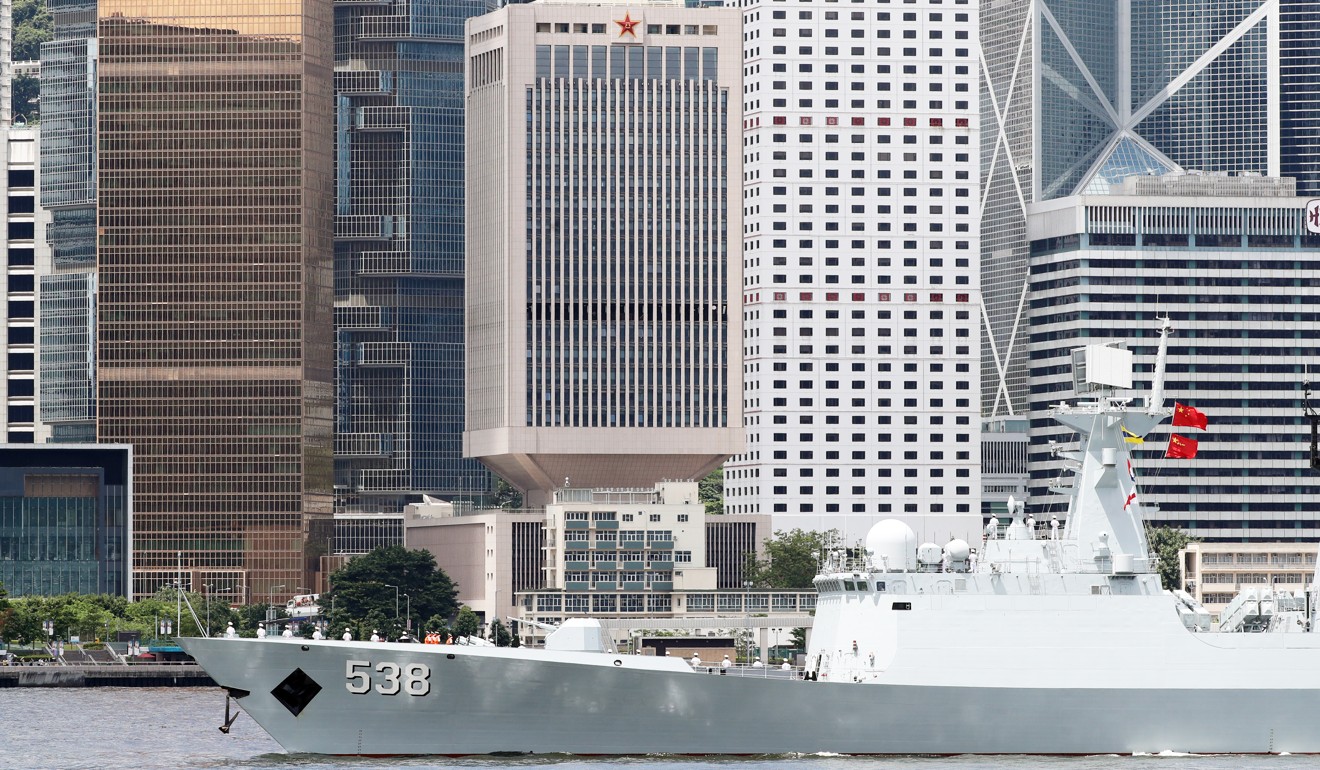
Representative of Beijing’s presence in the city, the building sits near local government complexes, where the Occupy movement erupted in 2014.
Designed by local architect Pun How-wai, it has a distinct shape, characterised by brutalist architecture. The style boasts simple, blocky concrete forms, and the PLA building has been likened to an overturned wine glass or gin bottle.
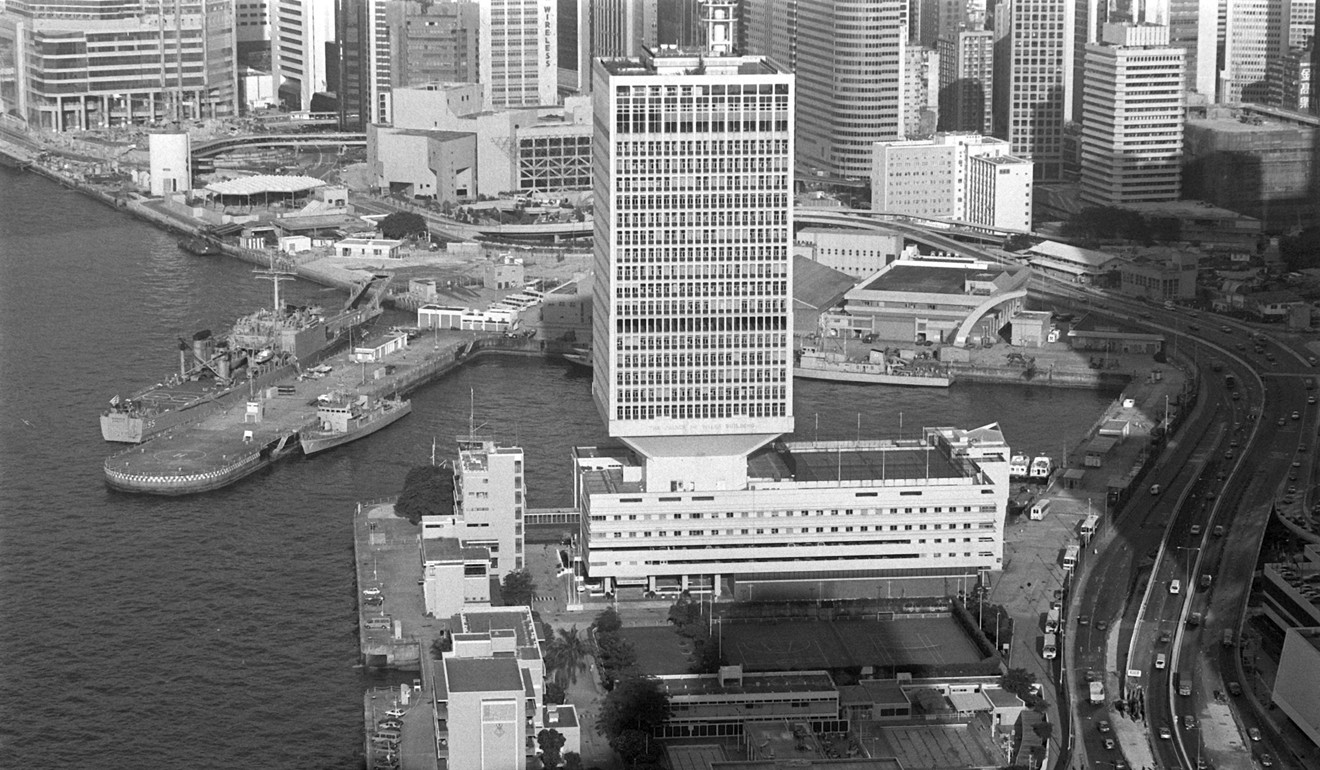
Its unique silhouette is thought to be deliberate, making it difficult for intruders to scale or attack.
Address: Lung Wo Road, Central
How to get there: The building is a short walk from both Central station (Exit L) and Admiralty station (Exit A).
Blue House
The Blue House stands out on a noisy Wan Chai corner – nothing in the area is quite as vibrant. The building was home to Wah To Hospital when it opened in 1922, but has since been converted into a heritage site.
Over the years, it has served various purposes – a kung fu studio, temple, wine shop, grocery store, free kindergarten and even the meeting place of a fishmongers’ union.

Built in the classic tong lau or tenement style of Hong Kong, the Blue House combines colonial elements with a traditional Chinese design. Renovations commissioned by the government began in 2007. The works preserved original architecture while modernising interiors for modern living.
Today, it houses 12 flats, each 600 sq ft in size, connected by a system of outdoor staircases that wrap around the building’s facade.
Revival of Hong Kong’s tong lau buildings hits many hurdles
It is a designated grade one historic building and given the Unesco Award of Excellence in 2017 for heritage and revitalisation efforts.
Address: 72-74A Stone Nullah Lane, Wan Chai
How to get there: Take Exit A3 from Wan Chai station, or travel along Tai Yuen Street to Queen’s Road East, then turn left onto Stone Nullah Lane.
King Yin Lei
Featuring red brick walls, green-tiled roofs, and classic Chinese doorways, King Yin Lei is nestled in greenery on the hills above Wan Chai. The 4,910-square-metre lot features sprawling Chinese gardens, terraces, and pavilions.
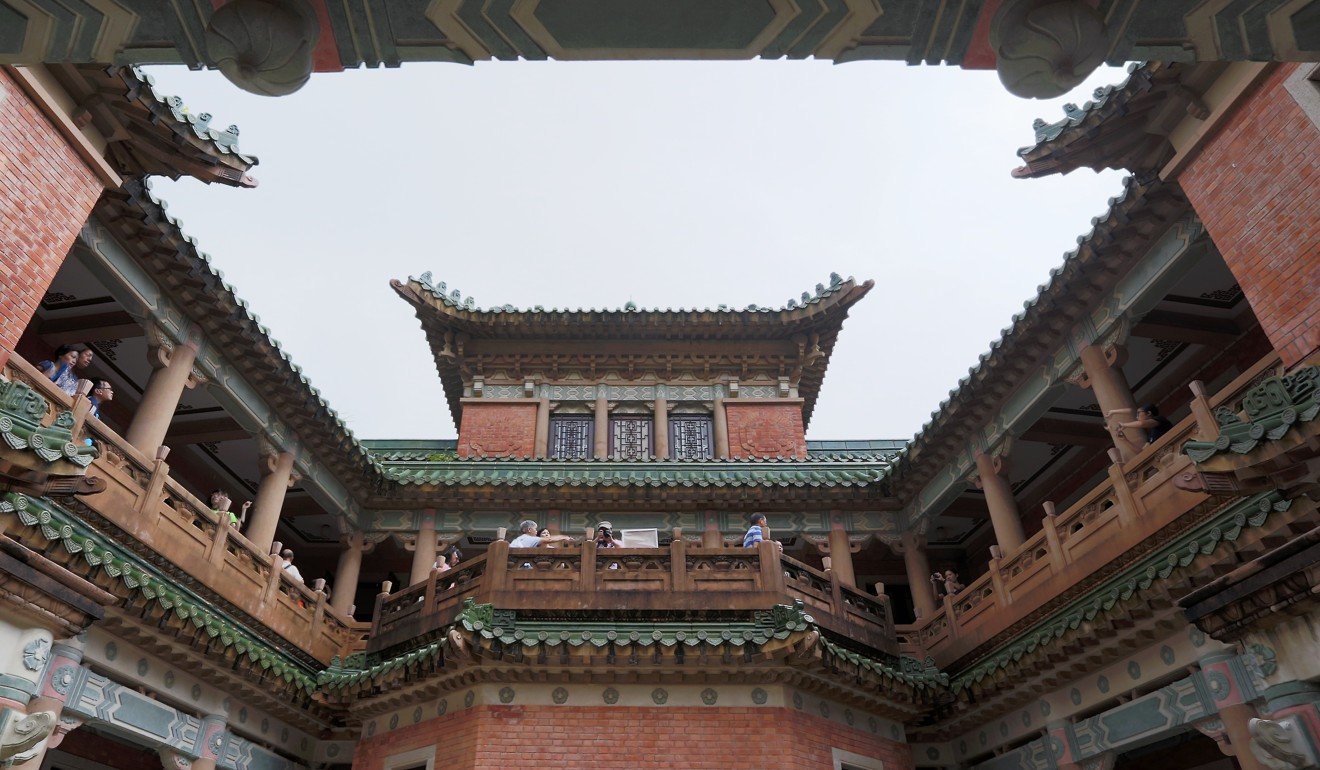
This three-storey Renaissance mansion was designed by British architect A.R. Fenton-Raynen. It was used to shoot a Hollywood film – Soldier of Fortune starring Clark Gable – and a local television drama.
It was commissioned by merchant-philanthropists Shum Yat-chor and Li Po-lun in 1937, who lived there for 40 years before selling their beloved home to later owners.
Former resident of King Yin Lei separates fact from fiction
When the Mid-Levels building was put up for sale in 2004, massive public outcry protected it from demolition. Since declaring King Yin Lei a monument in 2008 and renovating it, the Hong Kong government has started offering public tours through the mansion’s grand halls. The building still sits largely empty throughout the year.
Address: 45 Stubbs Road
How to get there: Take bus 15 from Queens Road East to Evergreen Villa stop. King Yin Lei is just down the street.
Chungking Mansions
A brooding block of window panels and dripping air conditioner units that looms over the popular Tsim Sha Tsui shopping district, the mansion is a ramshackle mess inside, featuring all manner of shops. It is known as a safe haven for asylum seekers.
Chinese University professor of anthropology Gordon Mathews called it the “ghetto at the centre of the world”, and it is home to residents from more than 129 countries.
First opened in 1961, Chungking Mansions is representative of the composite style buildings that were popular at the time. Such structures feature commercial units below private flats. The mansions have five towers, 17 floors and a two-storey shopping arcade.
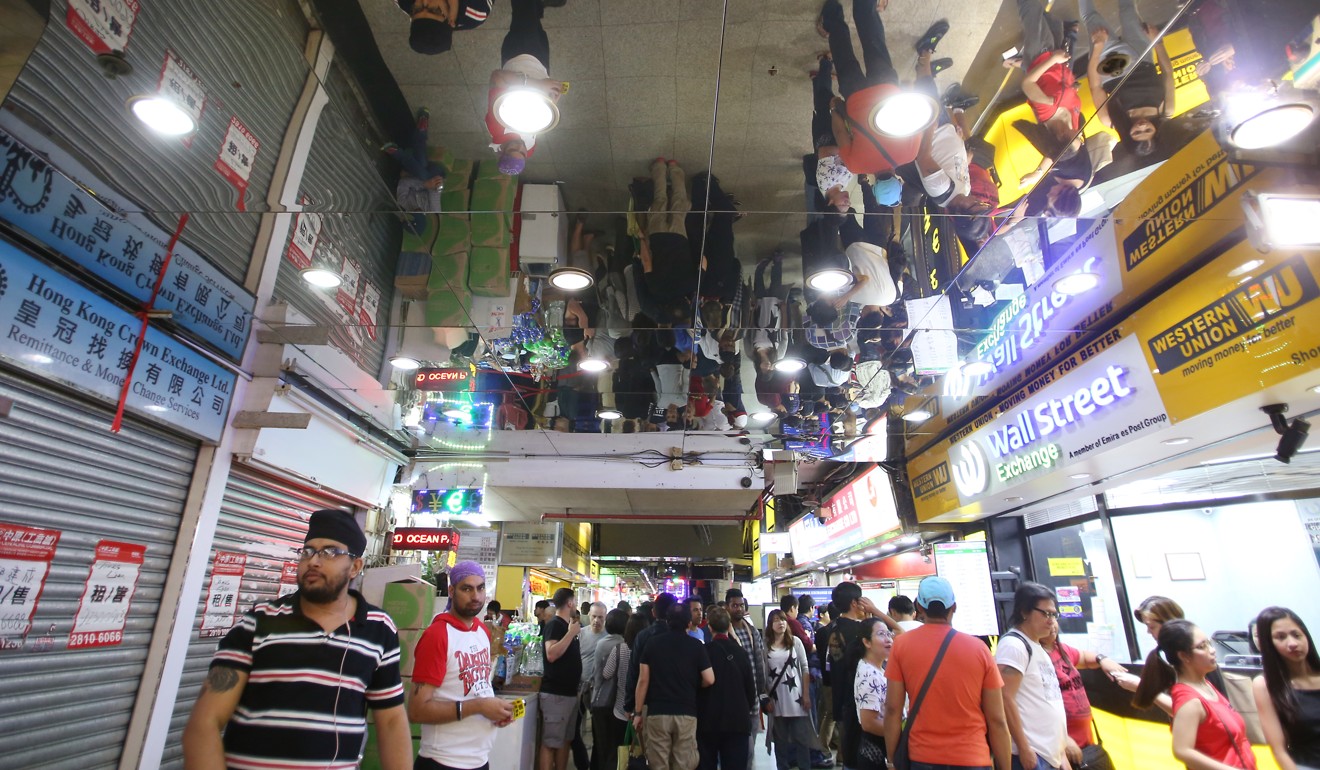
Auteur Wong Kar-wai’s 1994 film Chungking Express has firmly entrenched the building in Hong Kong cinematic lore.
Address: 36-44 Nathan Road, Tsim Sha Tsui
How to get there: Chungking Mansions is flanked by Tsim Sha Tsui station Exits E, L1 and D1.


